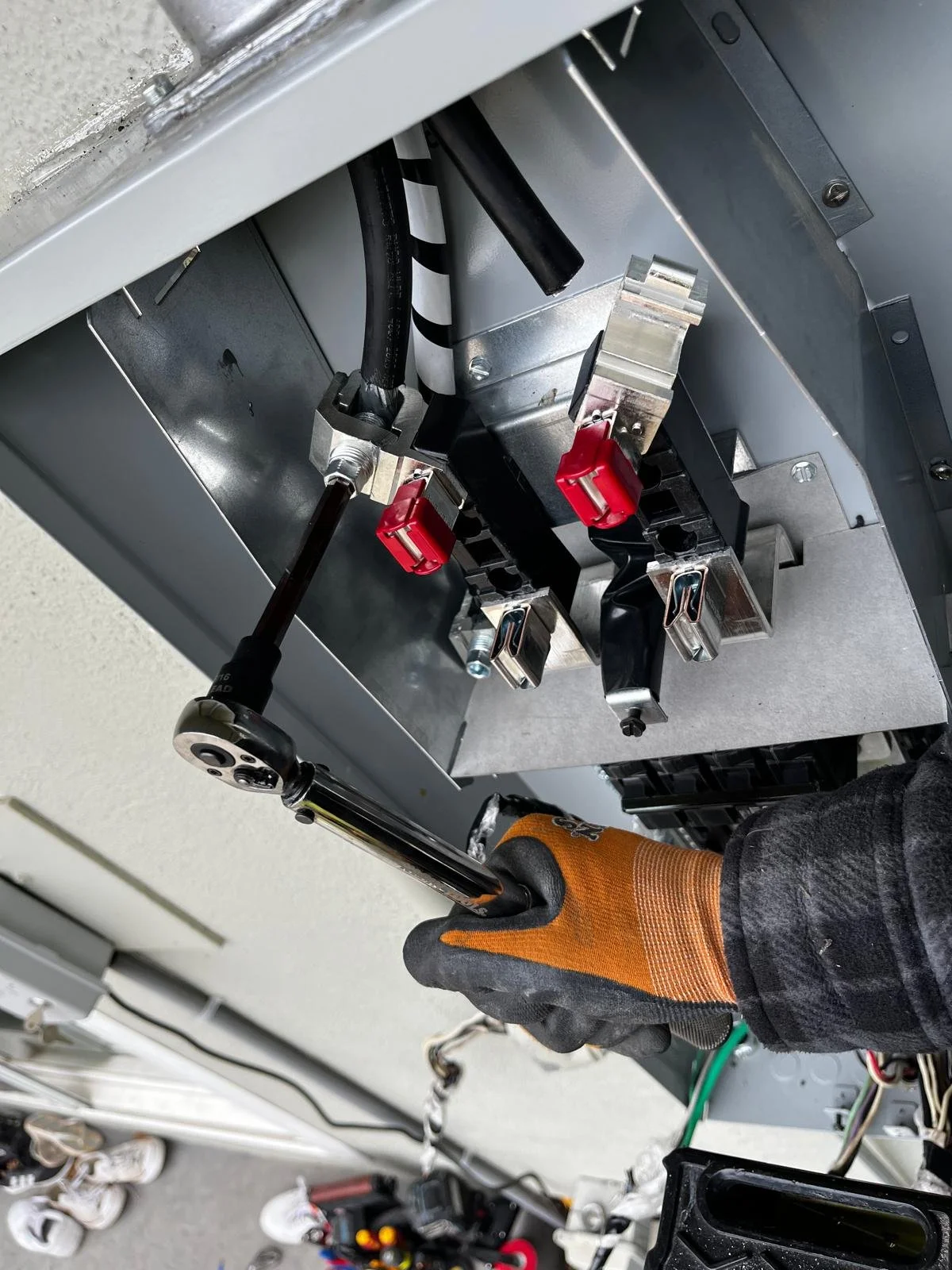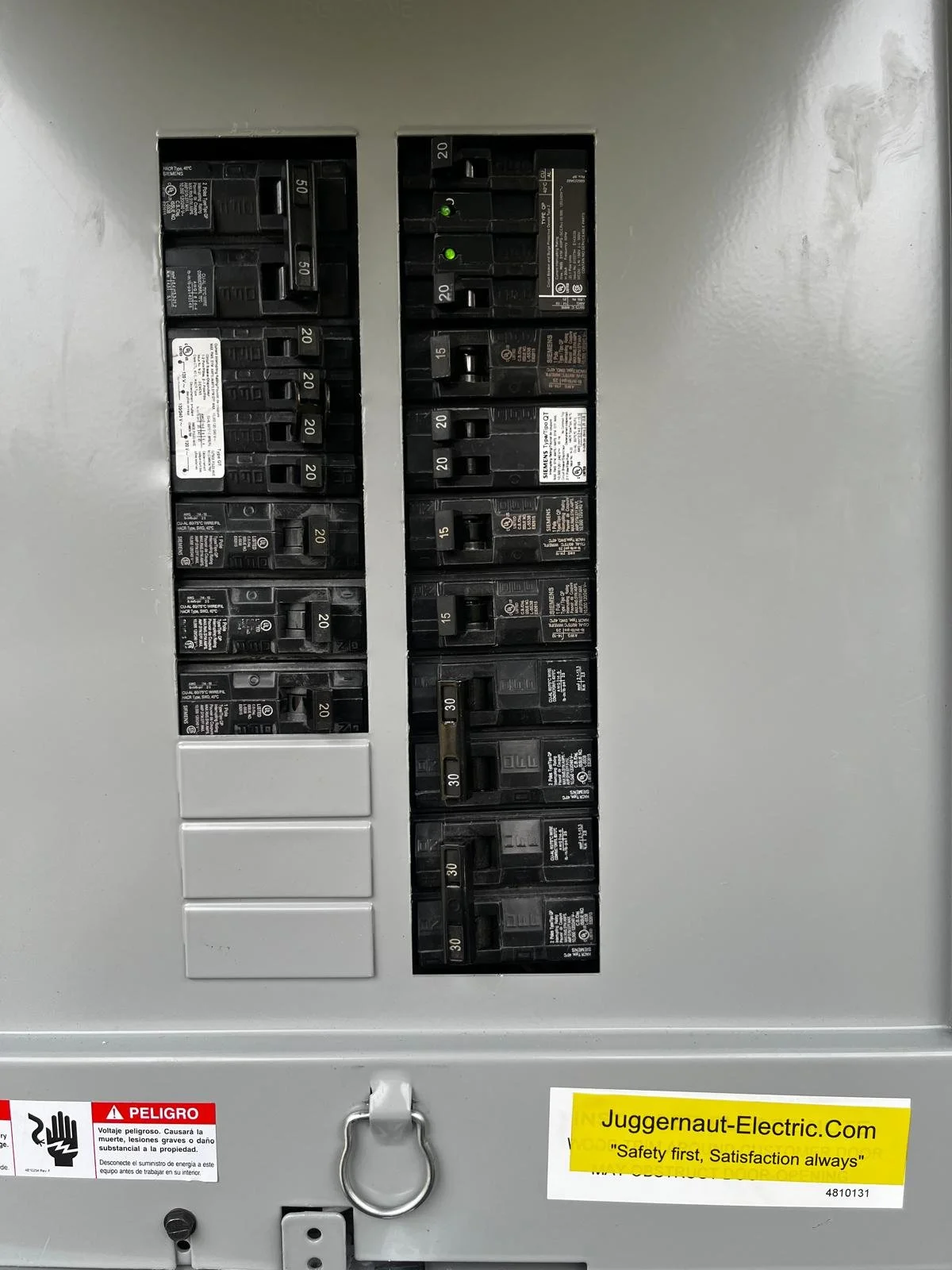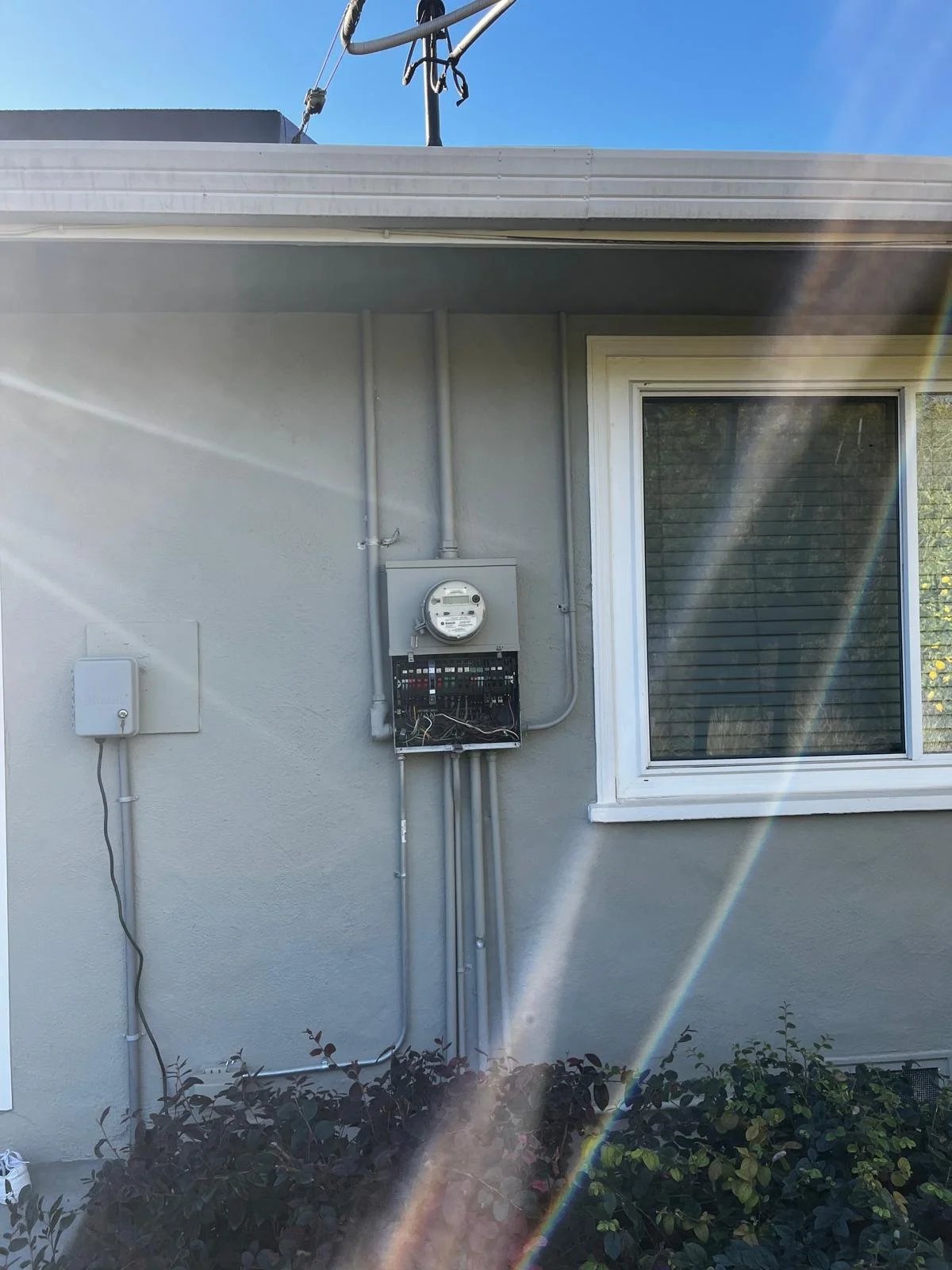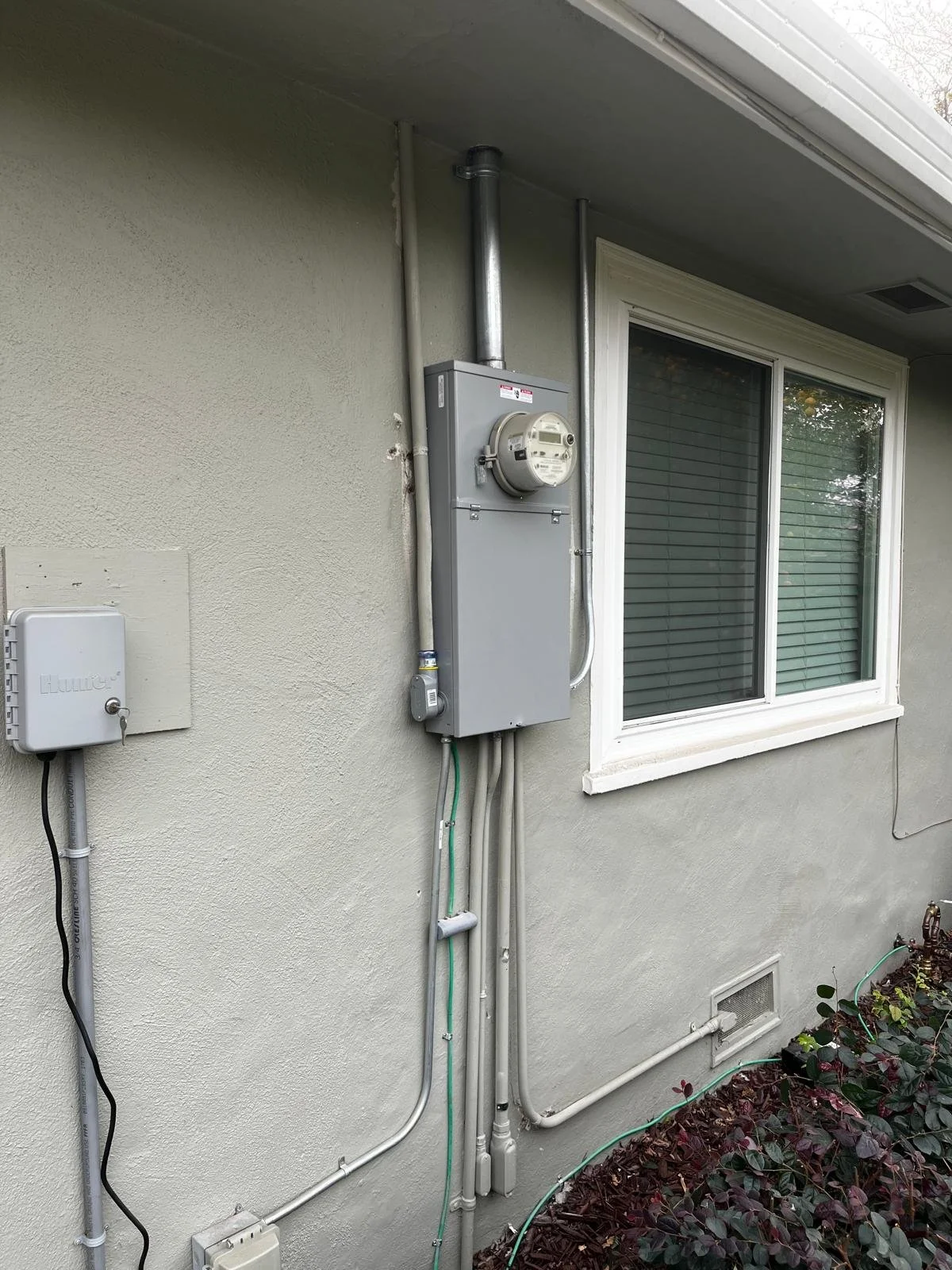Upgrading Your Zinsco Electrical Panel: What You Need to Know
If your home or business still has a Zinsco electrical panel, it may be time to consider an upgrade. Zinsco panels, once popular in the mid-20th century, have since been found to have serious safety issues that put properties and people at risk. In this blog, we’ll discuss why upgrading your Zinsco panel is essential, the risks involved, and what to expect during the upgrade process.
Why Upgrade Your Zinsco Panel?
Fire Hazard – Zinsco breakers have a tendency to overheat, leading to melted breaker connections and an increased risk of electrical fires.
Breaker Failure – Many Zinsco breakers do not properly trip during an overload or short circuit, allowing excessive current to flow and increasing the risk of damage or fire.
Limited Compatibility – Modern electrical demands, such as HVAC systems, EV chargers, and high-power appliances, require updated electrical panels that can handle greater loads safely.
4. Insurance Issues – Many insurance companies either refuse to cover homes with Zinsco panels or charge higher premiums due to their safety risks.
5. Code Compliance – Older panels may not meet current National Electrical Code (NEC) requirements, leading to compliance issues during renovations or home sales.
Signs That Your Zinsco Panel Needs Immediate Replacement
Frequent tripped breakers or difficulty resetting them
Buzzing, sizzling, or crackling sounds coming from the panel
Burn marks, melting, or a burning smell near the electrical panel
Flickering or dimming lights when using appliances
Overheating panel or breakers
Steps to Upgrading Your Zinsco Panel
Hire a Licensed Electrician – Electrical panel replacements are complex and should be handled by a qualified professional to ensure safety and compliance.
Assess Power Needs – Determine if your new panel needs to support additional circuits for future expansion.
Obtain Permits – Electrical panel upgrades typically require permits and inspections to meet local and national electrical codes.
Power Shutoff and Removal – The old panel must be carefully disconnected, and power will be temporarily shut off during the upgrade.
New Panel Installation – A modern panel (such as a Square D, Eaton, or Siemens) is installed with updated wiring and circuit breakers.
Inspection and Approval – An electrical inspector will verify that the new panel meets all safety and code requirements before re-energizing the system.
Choosing the Right Replacement Panel
When replacing a Zinsco panel, consider upgrading to a 200-amp panel if your home requires more power. If your current electrical load is minimal, a 100-amp or 150-amp panel may suffice. Your electrician can help determine the appropriate panel size based on your needs.
Final Thoughts
Upgrading a Zinsco electrical panel is an investment in safety, reliability, and compliance. If you suspect your home or business has one of these outdated panels, don’t wait until it fails. Contact a licensed electrician today to discuss your upgrade options and protect your property from potential electrical hazards.
If you have any questions about electrical panel upgrades or need professional assistance, reach out to us for expert guidance and installation services!




